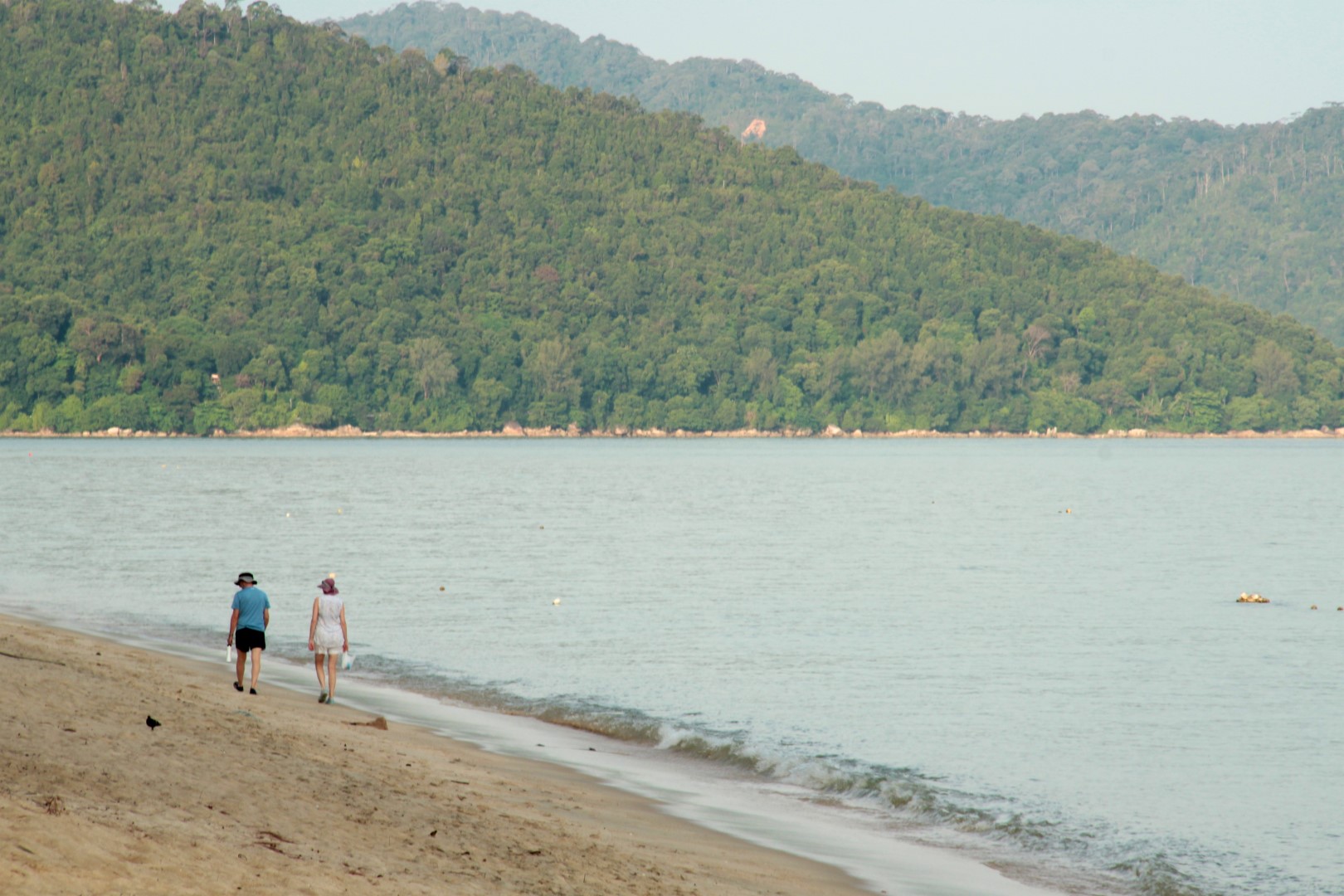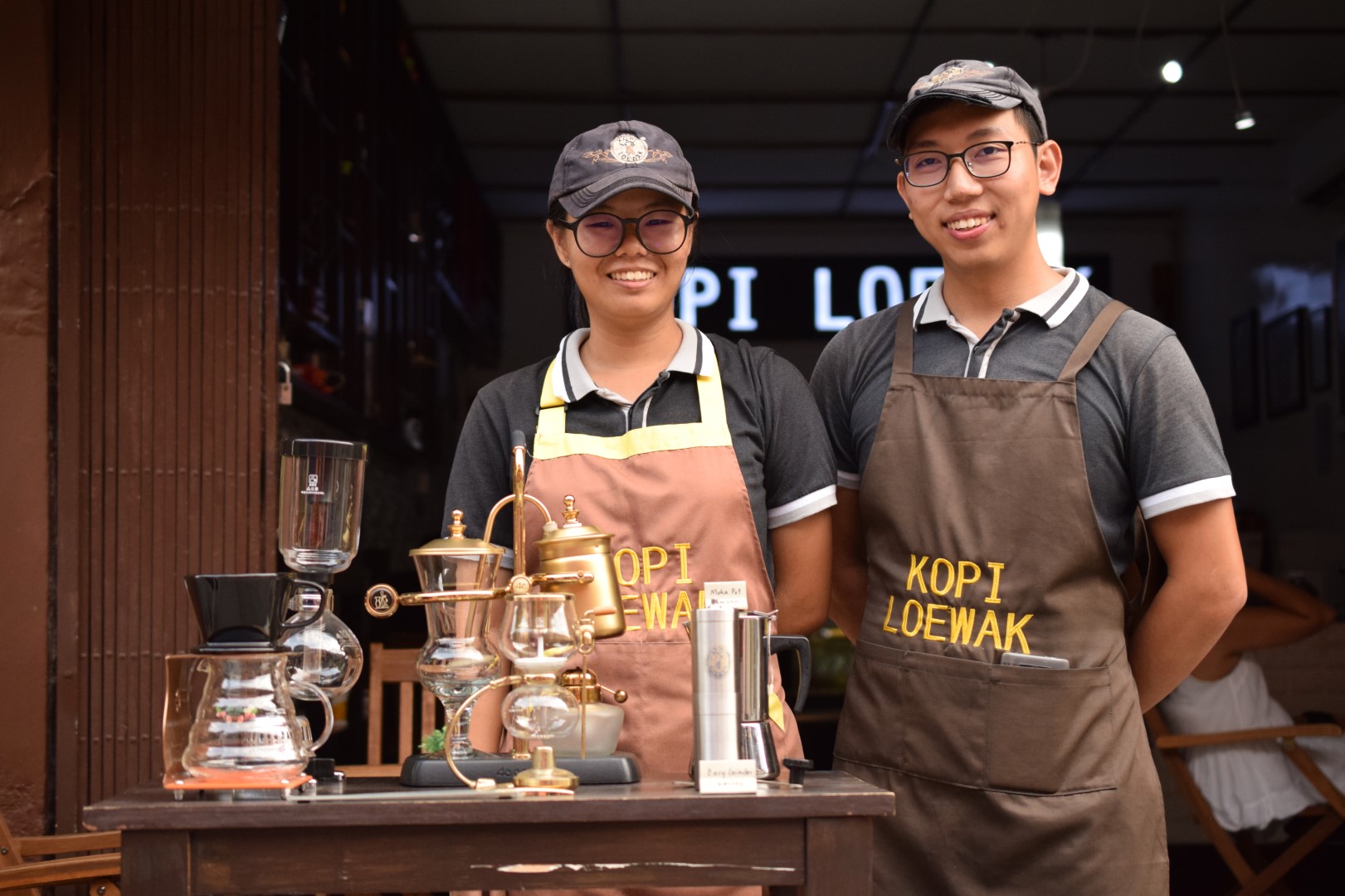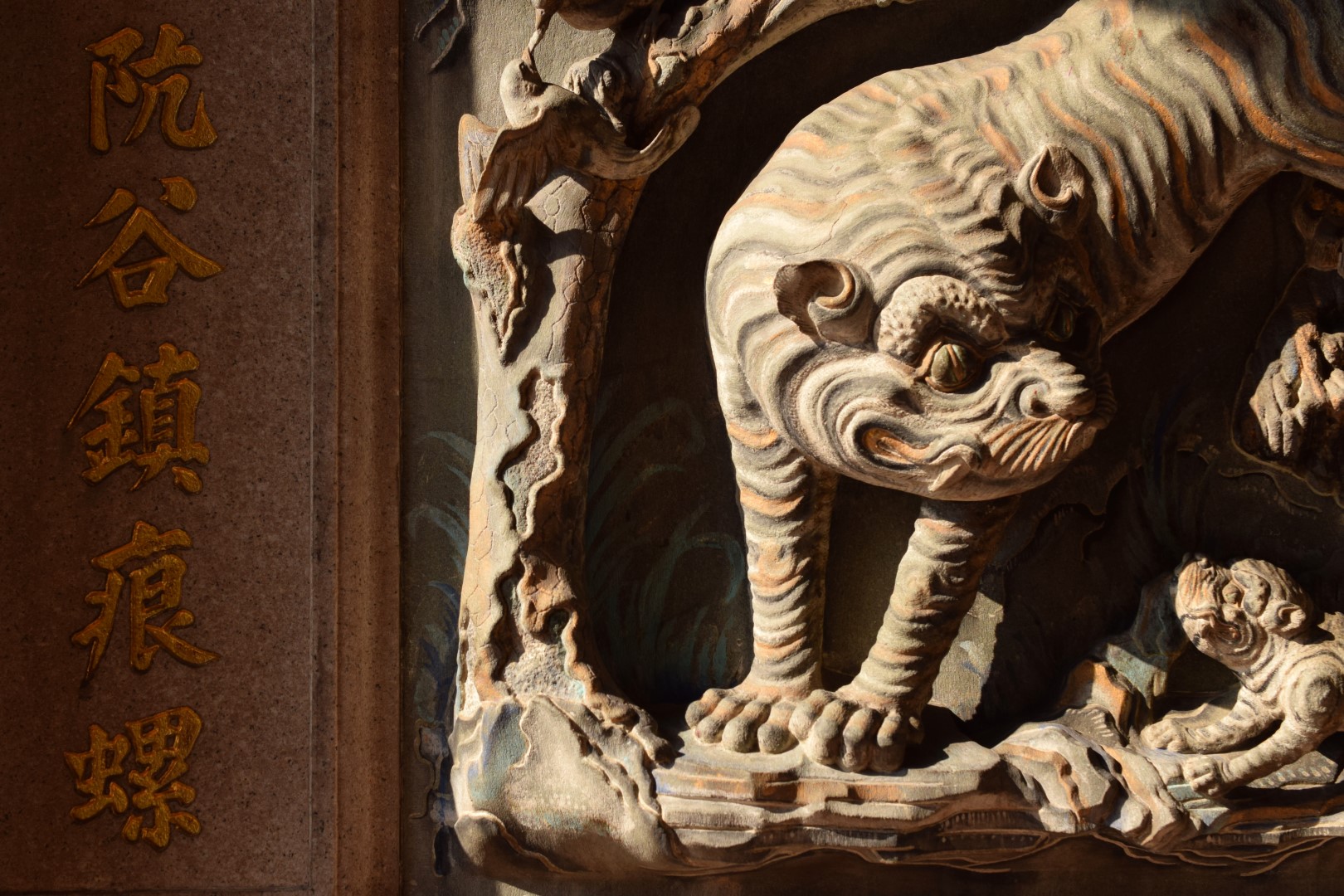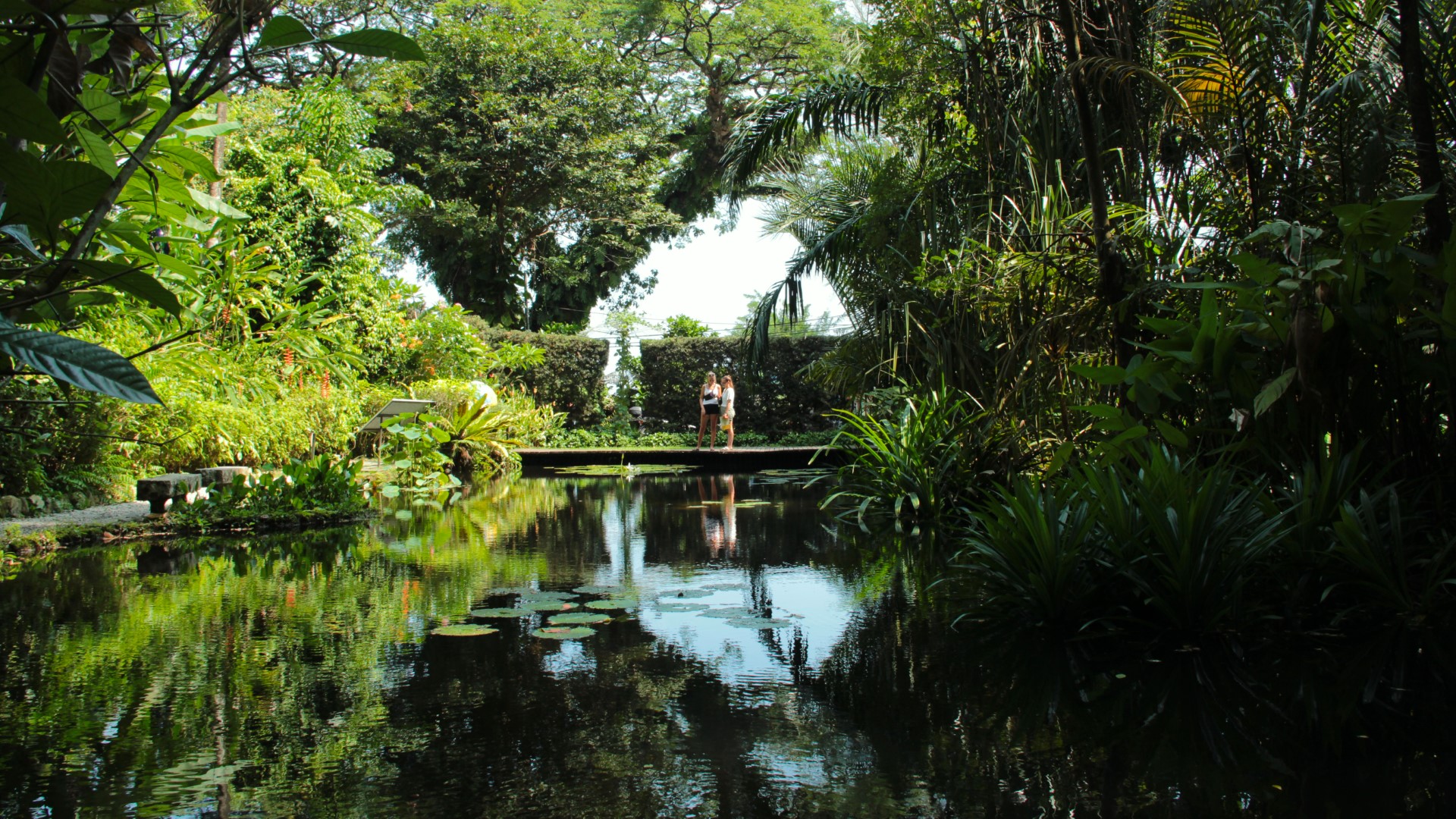panorama destination
panorama destination
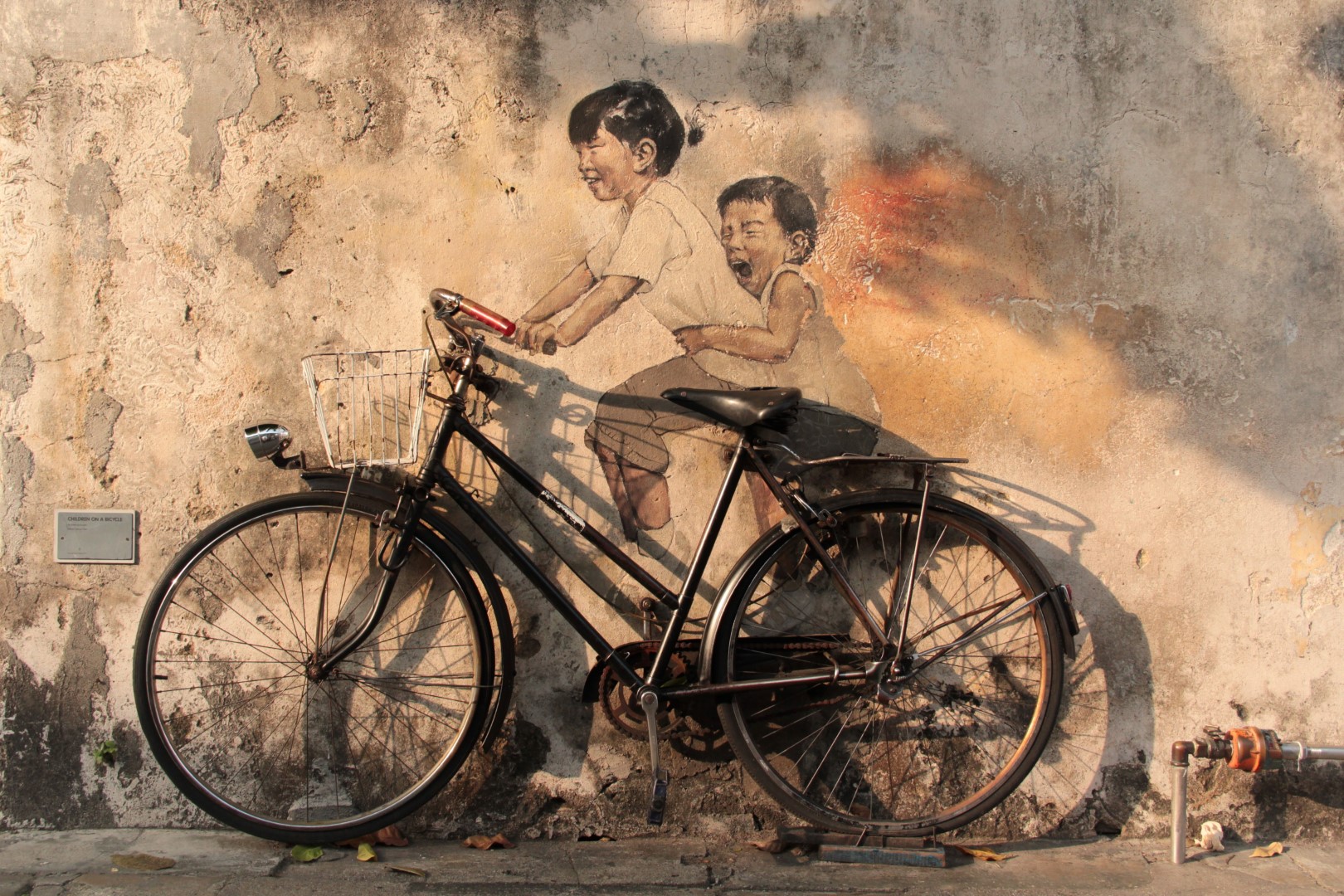
Known as the Pearl of the Orient, the island of Penang is a UNESCO World Cultural Heritage Site that’s also widely regarded as the food capital of Malaysia. Famed for its quirky oldtown in the east, its blend of international cultures and its inviting landscapes of beaches, forest and spice orchards along the western coast, Penang is a destination that promises much. But does it really live up to its reputation as a jewel in the Malaysian crown? I set off in search of an answer; along with spices, street art and those famous white sands.
George Town
George Town is the vibrant, charming capital of the Malaysian island of Penang. Home to ornate Chinese temples, colonial British architecture and a thriving café culture, this former trading hub in the Straits of Malacca continues to draw visitors from far and wide. A big highlight would have to be the streets of the oldtown district, where antique architecture has been given a modern twist and a trendy facelift with the addition of some quirky street art. Rent a bicycle, grab a decorative local trishaw or simply potter the lanes on foot to uncover some unique curiosities in this charismatic corner of the Malaysian peninsular.
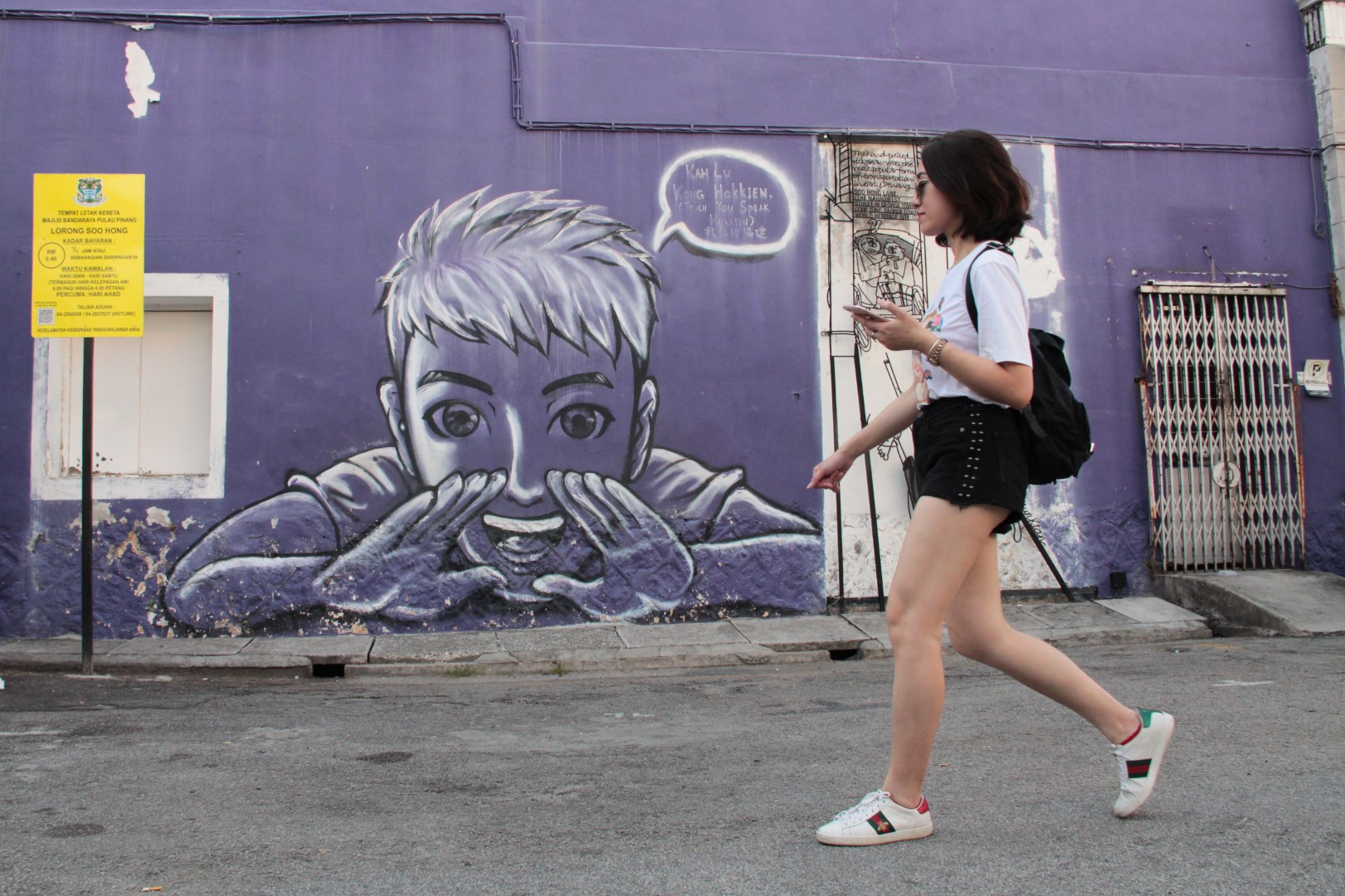
Walking around the crumbling streets of George Town in the late afternoon, the whole neighbourhood is bathed in a warm orange glow of tropical sunshine. Around every corner you will stumble into new curiosities; antique bicycles hanging from the eaves of cafés, durian sellers and fruit markets setting up their stalls next to coffee houses, colonial clocktowers with their yellowing paint peeling off in the sun. You can wander down alleyways and find children playing hopscotch under floral vines drooping from trellises; chill in the dappled shade of banyan trees in the park; or meander into the decorative hallways of centuries-old Chinese temples decked out with lions and lanterns in the rafters.
Clan jetties
The main quay was built in 1882, and subsequently expanded into a bustling waterfront area for merchants, fishermen and their families, who moored their sampan boats, eventually settled and expanded the piers into the makeshift jetties of timber and rickety housing that continues to sit precariously over the water to this day. Gradually, each jetty became associated with and dominated by certain clans. Seven different clans still call the Clan Jetties their home: the Lim, Chew, Tan and Yeoh jetties are the oldest with the Koay, Lee and Mixed Surname jetties appearing some time afterwards. Interestingly, none of the residents of the clan jetties pay tax, as their homes are technically not connected to the land. This makes them one of the quirkiest and most culturally distinctive floating nomad populations in the world.
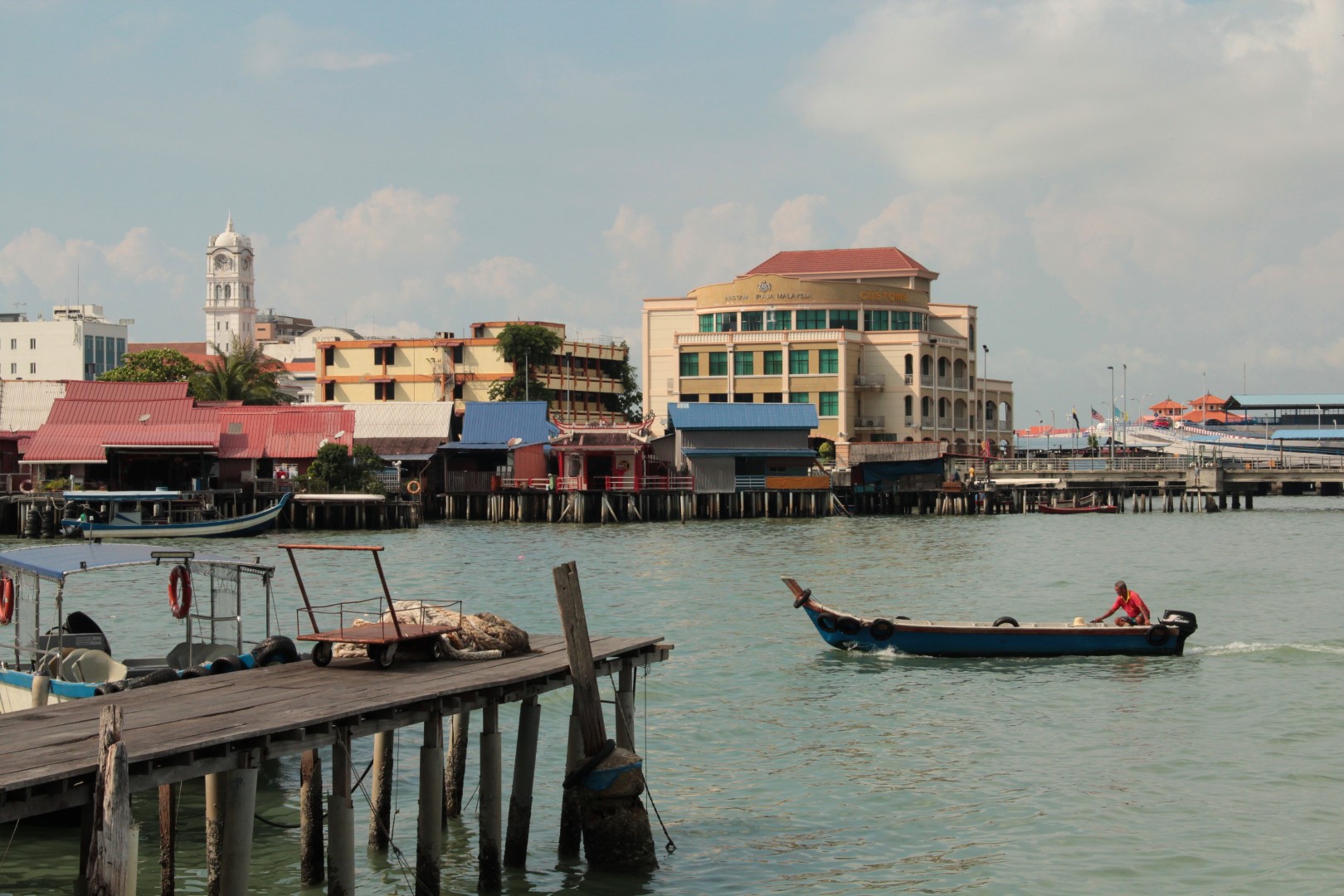
The jetties are always bustling. Many residents have converted their homes into shops, but the area is still primarily a living community, where life goes on as normal each day. In the early morning, residents file along the timber walkways to temples, where gongs and bells ring out in a fog of sweet sandalwood incense.
“Rocking chairs creak to the rhythm of the waves, framed by hibiscus flowers and bonsai trees growing in porcelain pots”
Around midday, fishermen and traders appear in the channels and moor up in the shade of painted huts to bring their catch to market. The sleepy orange sunshine of the afternoon brings a lull to the jetties. Cats snooze under rocking chairs that creak to the rhythm of the waves on sand-blasted verandas, framed by hibiscus flowers and bonsai trees growing from porcelain pots. The aroma of cooking fills the alleyways; tasty dim sum dumplings, jellied eggs and char kway teow, wafting from door to door and inviting residents out for dinner.
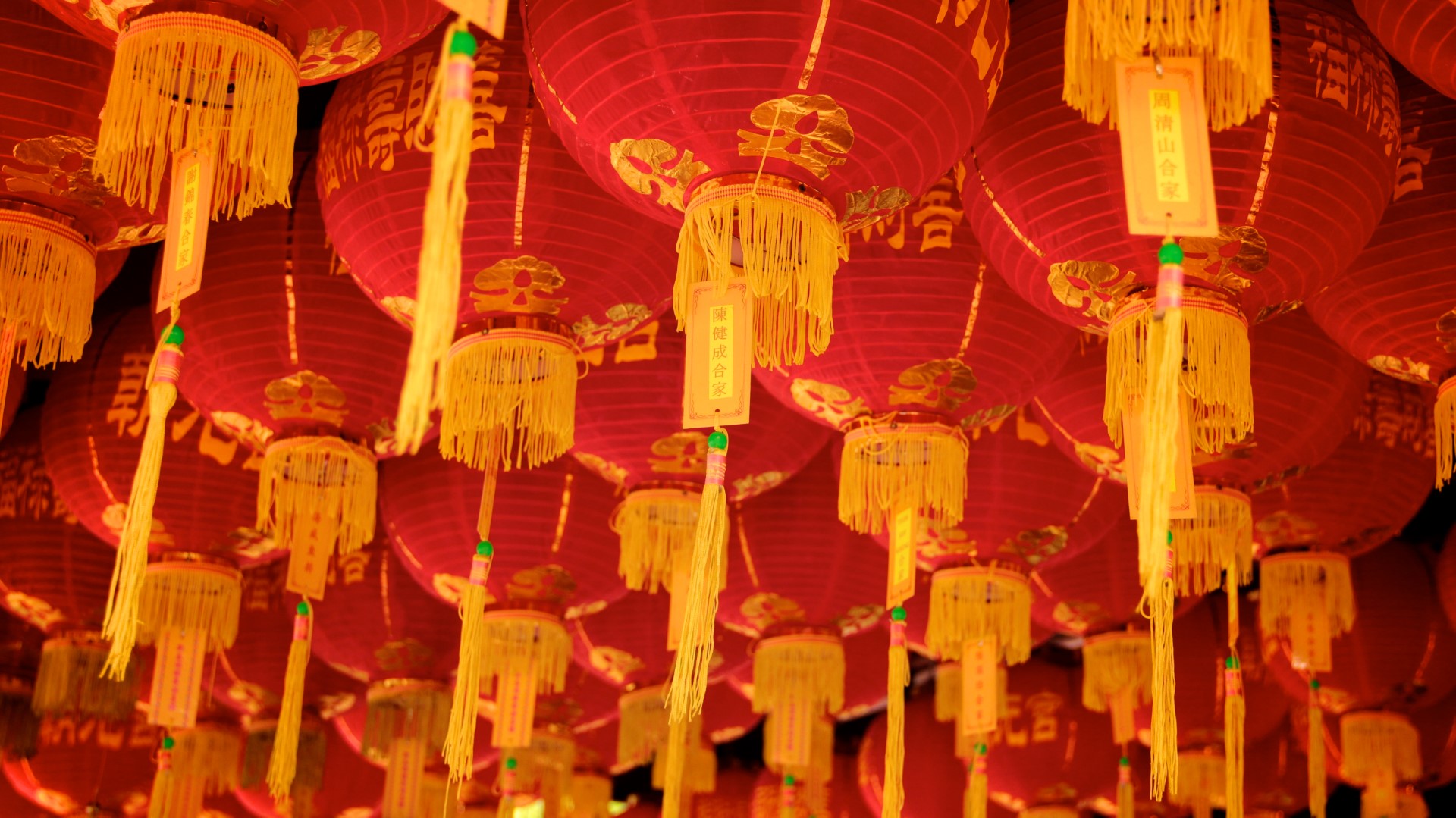
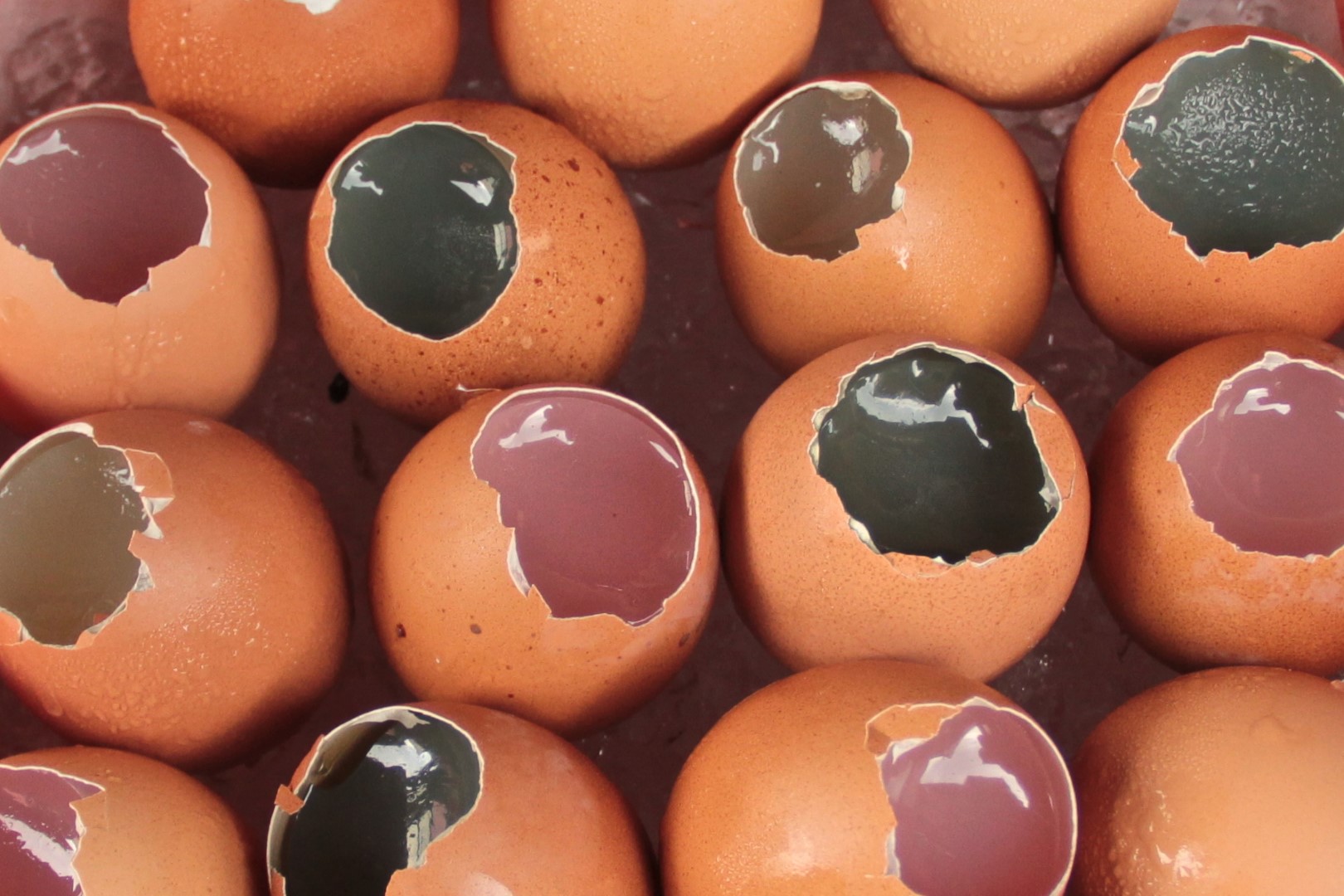
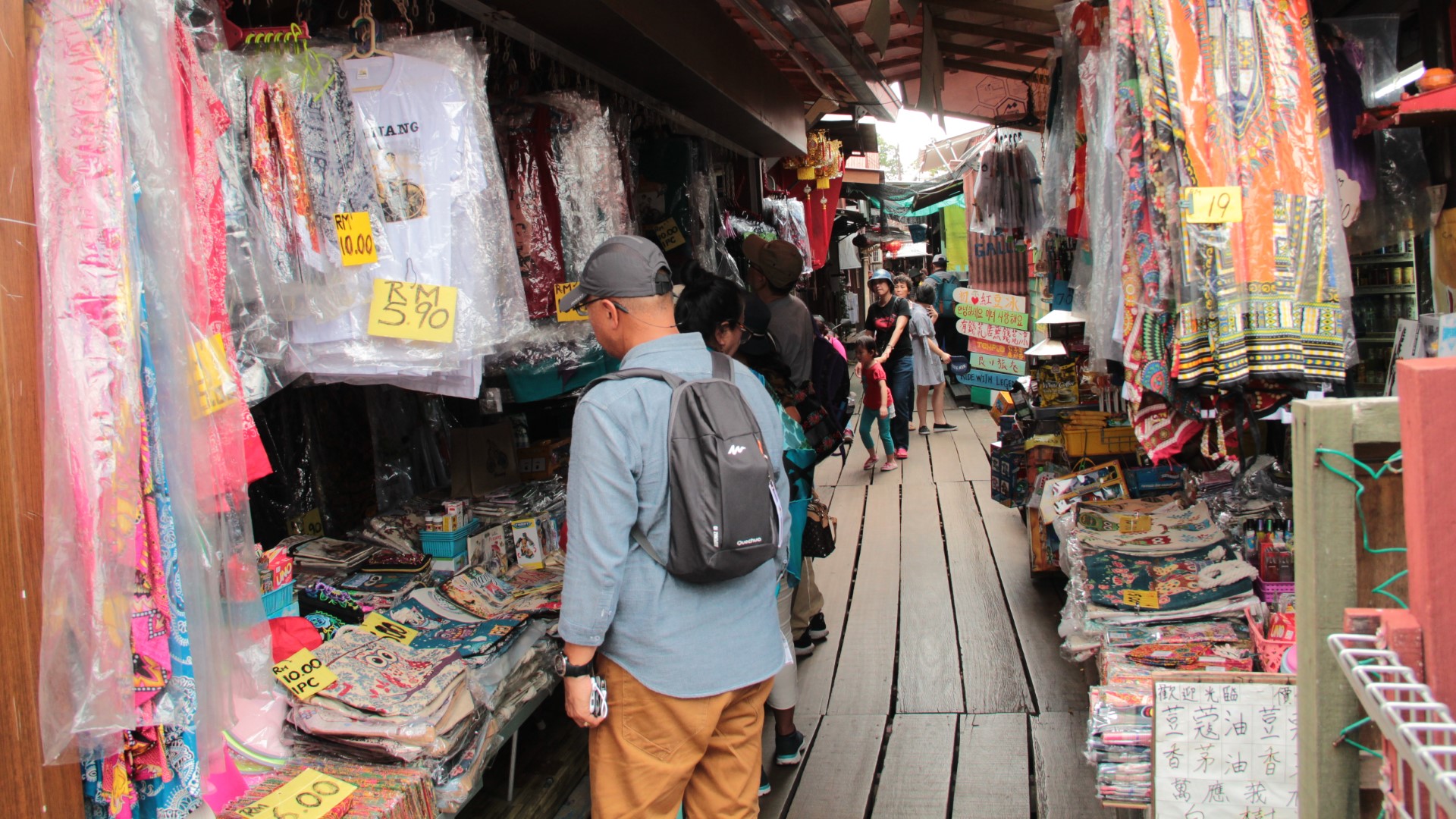
The Clan Jetties can be found along Pengkalan Weld on the outskirts of Chinatown, near the harbour, also known as Swettenham Pier. It takes about ten minutes on foot from Komtar; or hop on a trishaw for just a few ringgits.
“Leafy trails wind past ponds and waterfalls, through orchards, nurseries and groves of rare and fragrant spices”
Spice Garden
Travellers with green fingers or a taste for the exotic will find their own personal garden of Eden at Penang’s Tropical Spice Garden. Spread out over eight acres, this cultivated patch of secondary jungle is home to some 500 species of flora and fauna and is the only garden of its kind in Southeast Asia. Leafy trails wind through the tropical undergrowth, taking you past ponds and waterfalls, through orchards, nurseries and groves of rare and fragrant spices, herbs and fruits. You can also try your hand at Malaysian cooking, as the estate recently opened its own culinary school. Surrounded by fragrant allotments and overlooking Teluk Bahang bay, the school lets you prepare meals using ingredients grown in the surrounding gardens.
The road from Spice Garden winds north, hugging the contours of the island fringes and looking out over the ocean. After passing through a few forest glades and some small villages, we make a stop at a roadside café recommended by our host at the Spice Garden. She said the rendang there was the best in Penang. She was not wrong.
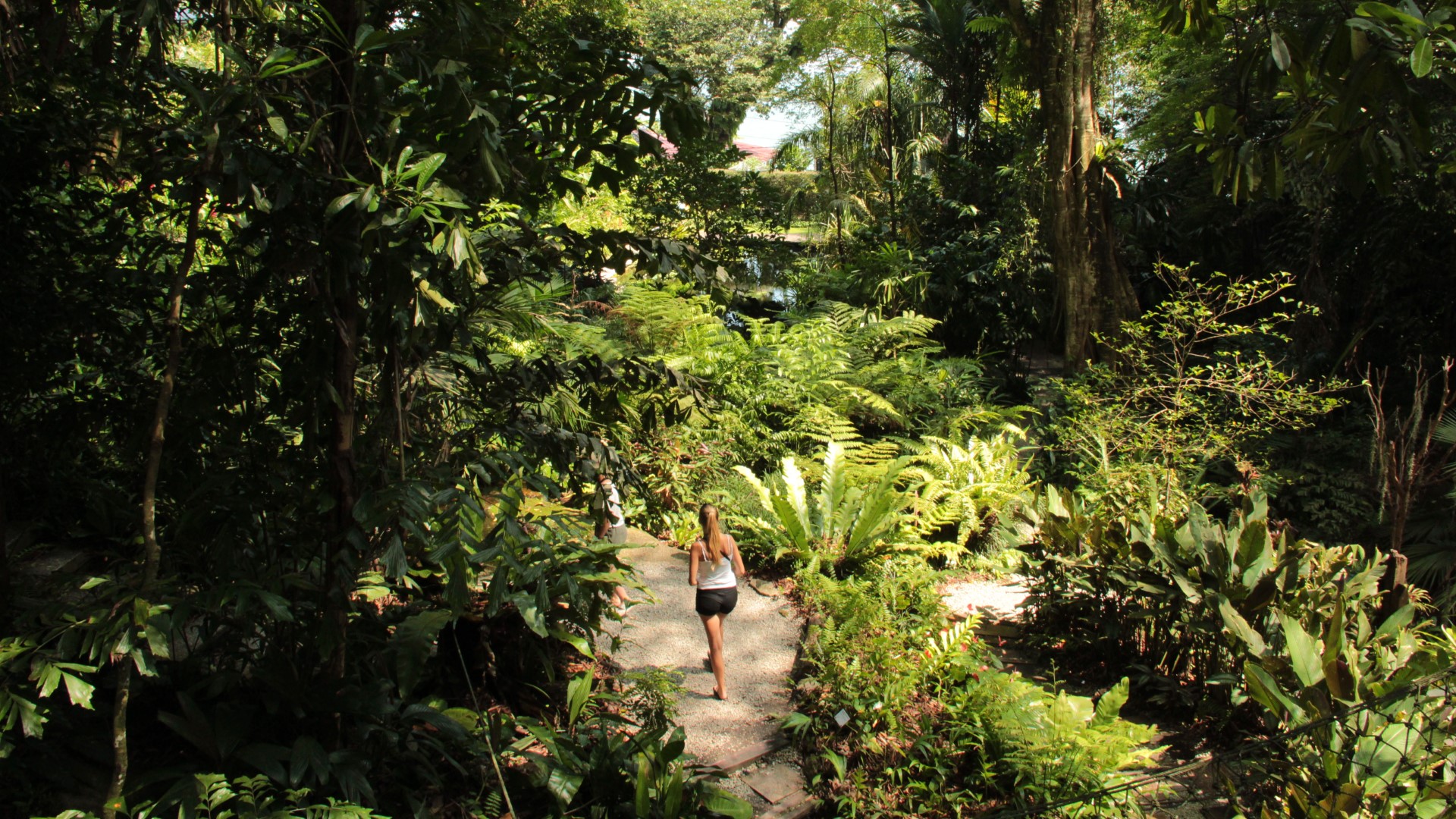
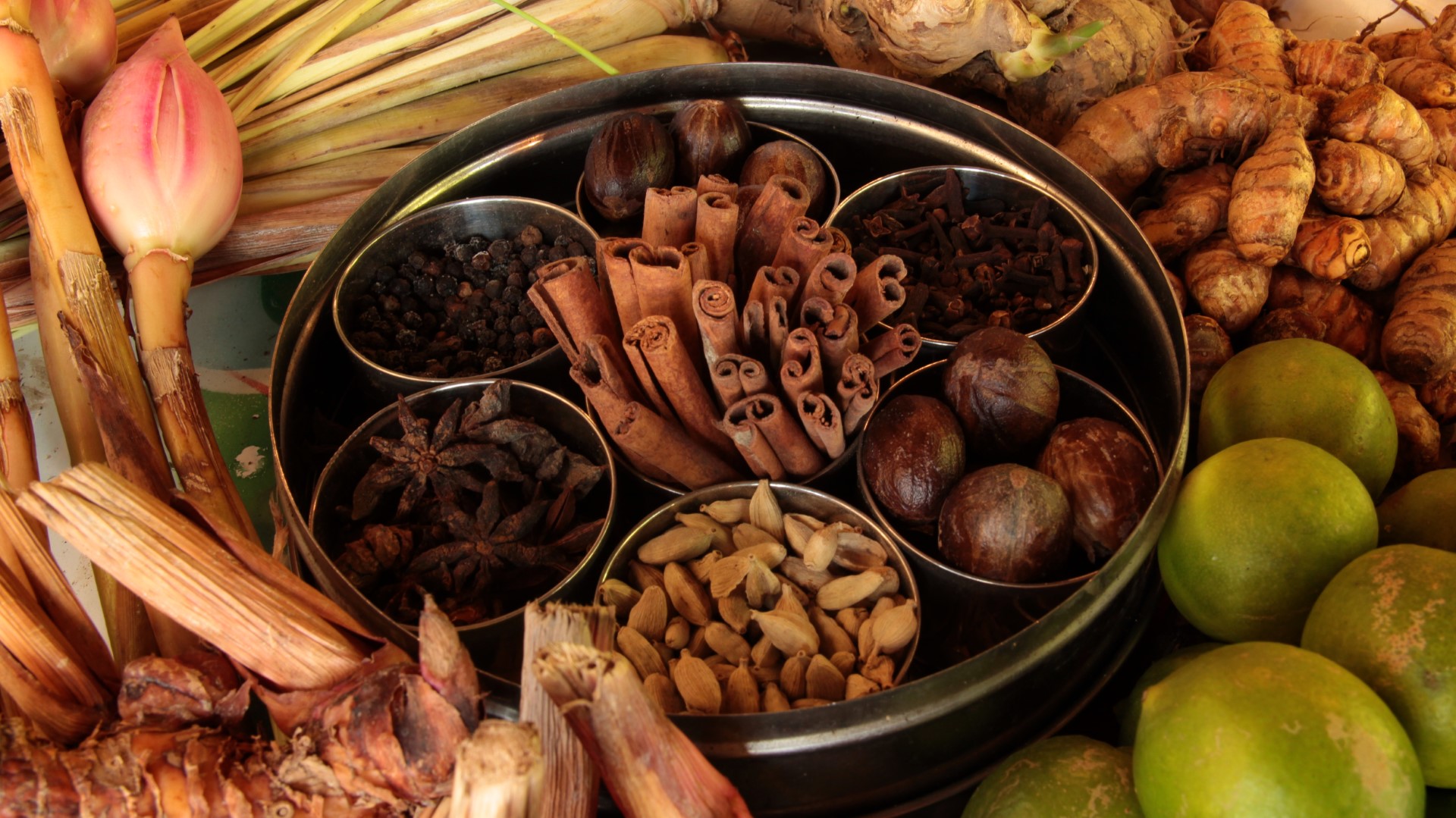
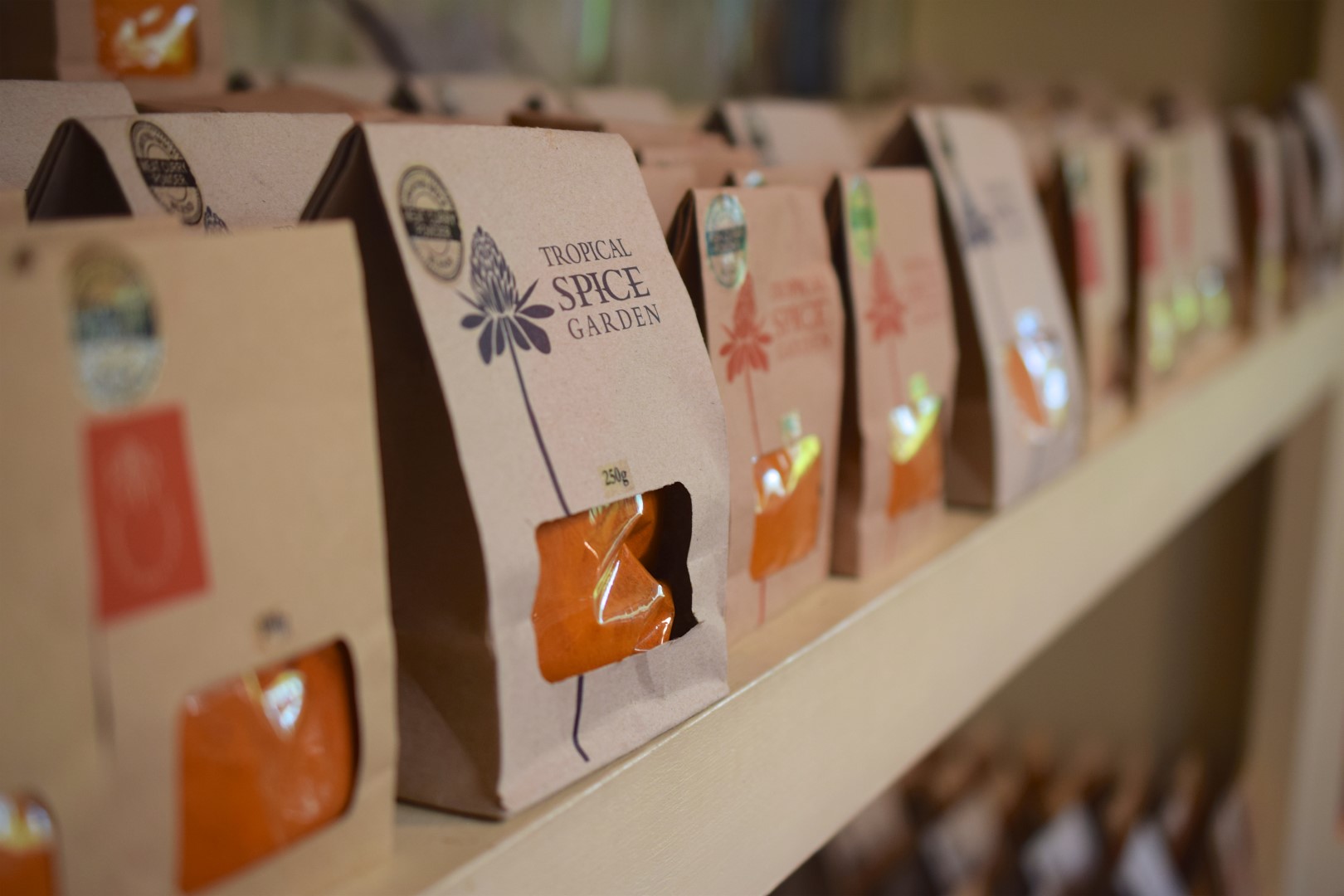
Ancient ceiling fans stir the warm and sticky air. A chicken sits in the shade of a window sill. Occasionally a lid is lifted on one of the unfeasibly huge vats of white rice, and a sudden puff of volcanic steam rolls from wall to wall. The place is more like an open-fronted canteen, where travellers along these coastal roads make a pitstop to refuel. This is home cooking on a grand scale. Stretching out along one side and all the way across the entrance, long tables are filled with metal vats, bubbling over gas stoves. Inside are endless assortments of Asia’s most delicious usual suspects: there’s smoky sticks of satay in peanut sauce and steamed fish heads, floating in curry and tamarind leaves; shimmering green ocra (also known as ladyfinger) on a bed of slowly caramelizing onions; and tangy bowls of tom yum soup, with shrimps the size of sausages bobbing up and down in the broth. As far as the eye can see, there’s simmering meats, crunchy and colourful vegetables, soya cakes and boiled eggs in spicy sambal sauce. For hungry travellers, it’s a feast for the eyes. And then there’s the rendang…
“Total cost? About as much as an apple in the airport”
If you haven’t tried it before, then no description can really do justice to rendang. If durian is the King of Fruits, then this has to be the Maharaja of Meat; the Sultan of slow-cooking and flavourful indulgence. Rendang is tender cuts of beef, cooked over 6-8 hours in a steadily reducing sauce of coconut milk, enlivened by a concoction of ginger, galangal, turmeric leaves, lemongrass, garlic, shallots and chillies. It’s rich, spicy, tender and intensely moreish. To try it is to love it. Best of all, the rendang and its accompanying banquet of dishes all together cost about as much as an apple in the airport.
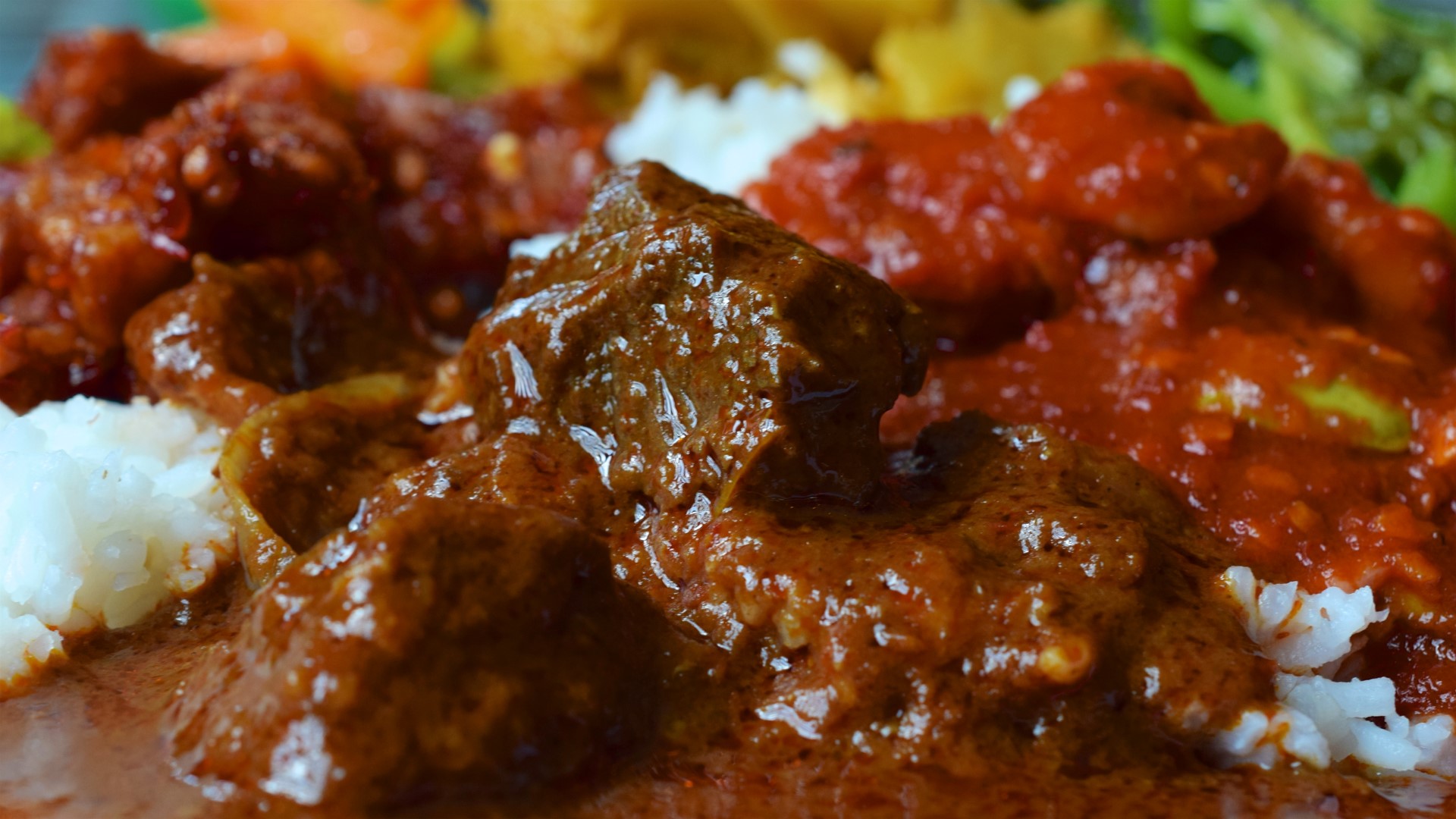
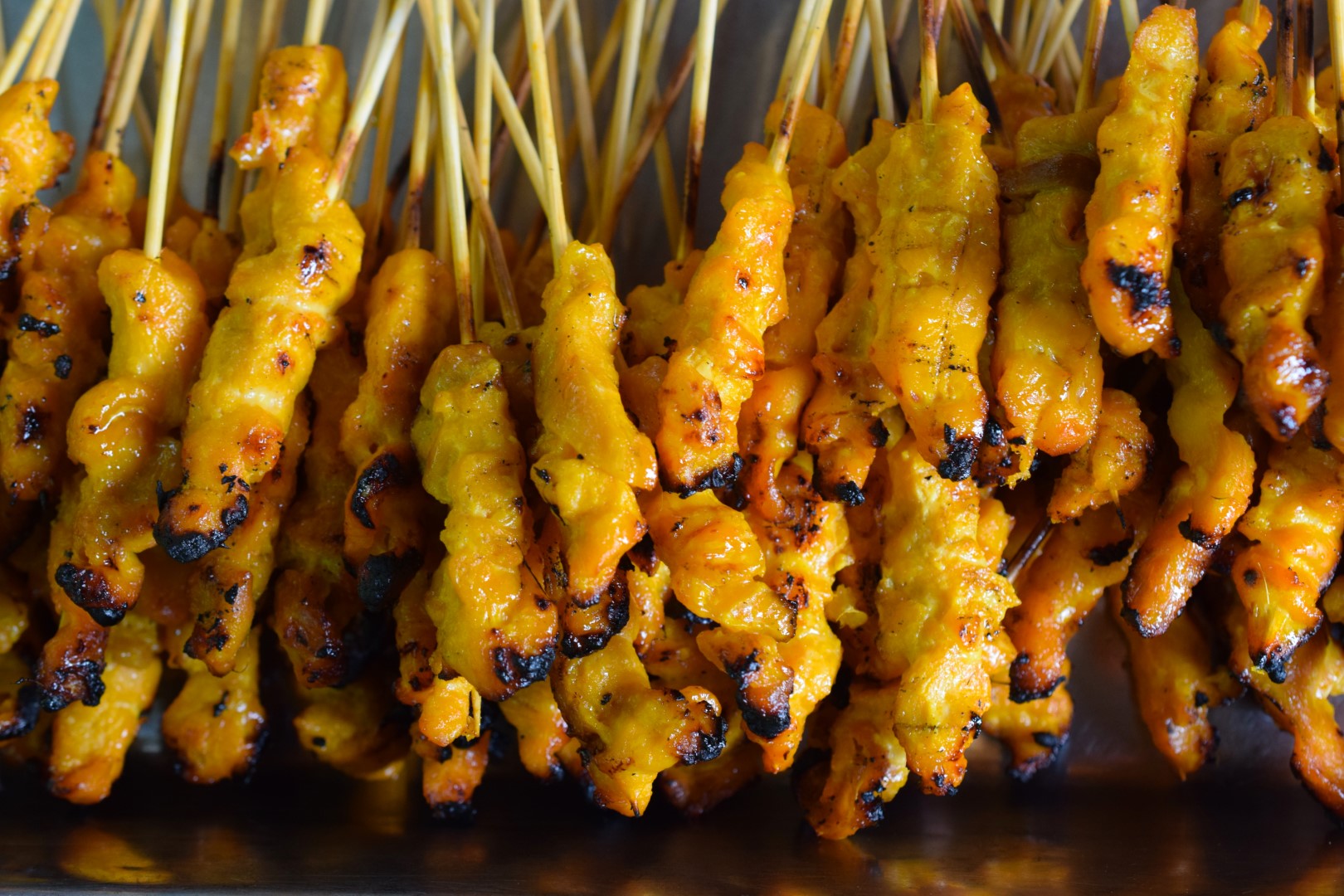
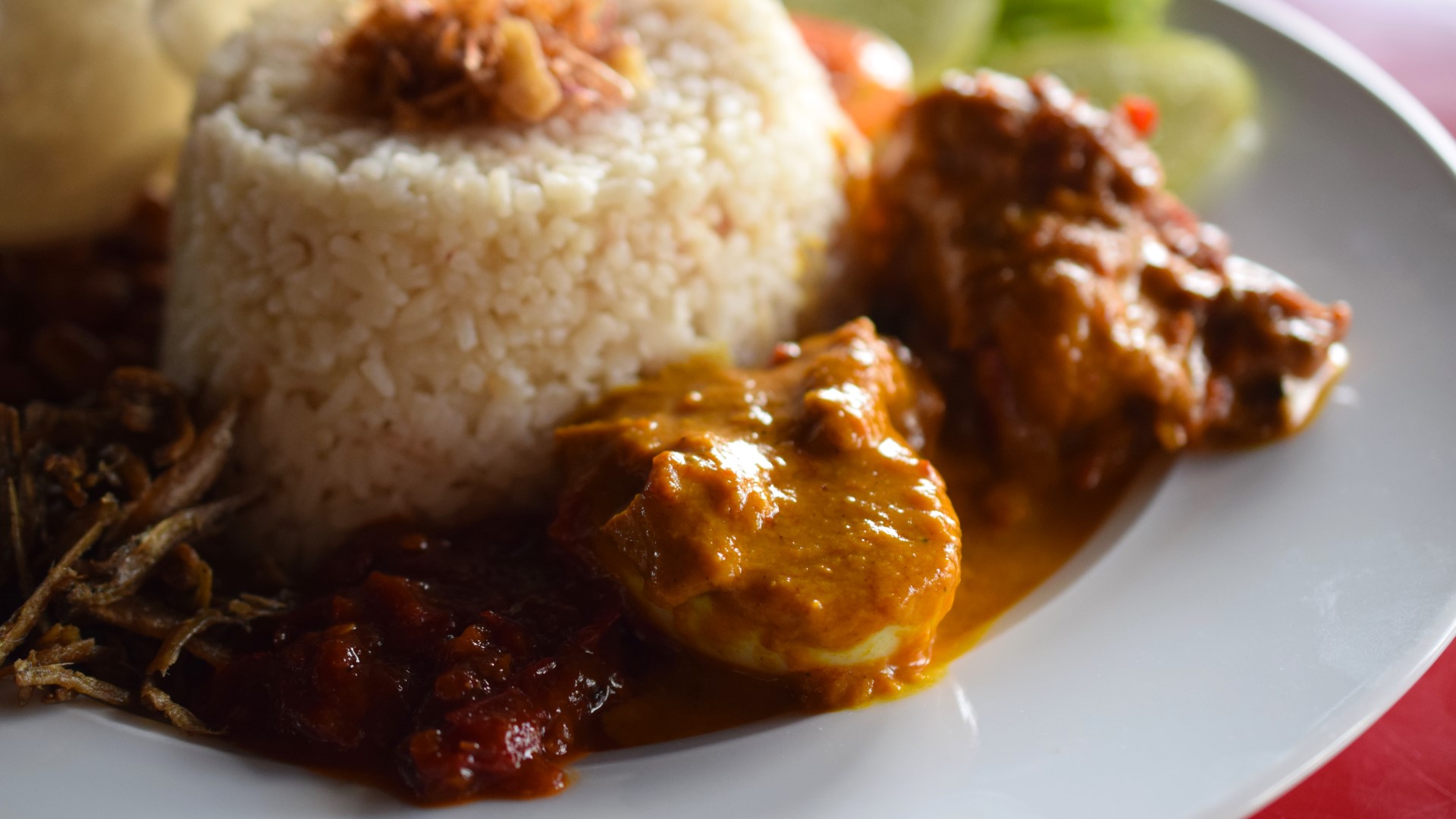
Entopia
With bellies full, we set off on the road again. Along the green and refreshing western coast of Penang, Entopia is the largest butterfly garden in Malaysia, with more 15,000 free-flying butterflies. This warm and exotic vivarium is a shared ecological space for a variety of animal species, from invertebrates and reptiles to insects and amphibians. The living garden features more than 200 species of plants, along with waterfalls, ponds, caves and other artistic garden features. I took a stroll along the mezzanine-terrace from David’s Garden to get a majestic view of Entopia’s Home Tree. Up here you can get a view of the whole interior, in the company of vividly colourful butterflies that flutter by the flowers.
“a great place to spend time as a family”
Inside, The Cocoon features two floors of learning exhibitions and interactive indoor activities that are perfect for children of all ages. This indoor discovery centre is designed to let visitors explore the world of invertebrates through various installations and exhibits, including a neon night zone that conjures up a world of bioluminescence, leading into an imagined city that’s ruled by giant insects. Other interactive learning attractions include the Pandora Forest, Metamorphosis, Lumino City, Downtown Entopia, Breeding Ground, Underground Mysteries and Understory Tales. Just down the road from Spice Garden, Entopia is a great place to spend an afternoon as a family, explore the natural wonders of Malaysia, getting up close and personal with a cast of wonderful, colourful and downright weird creepy crawlies.
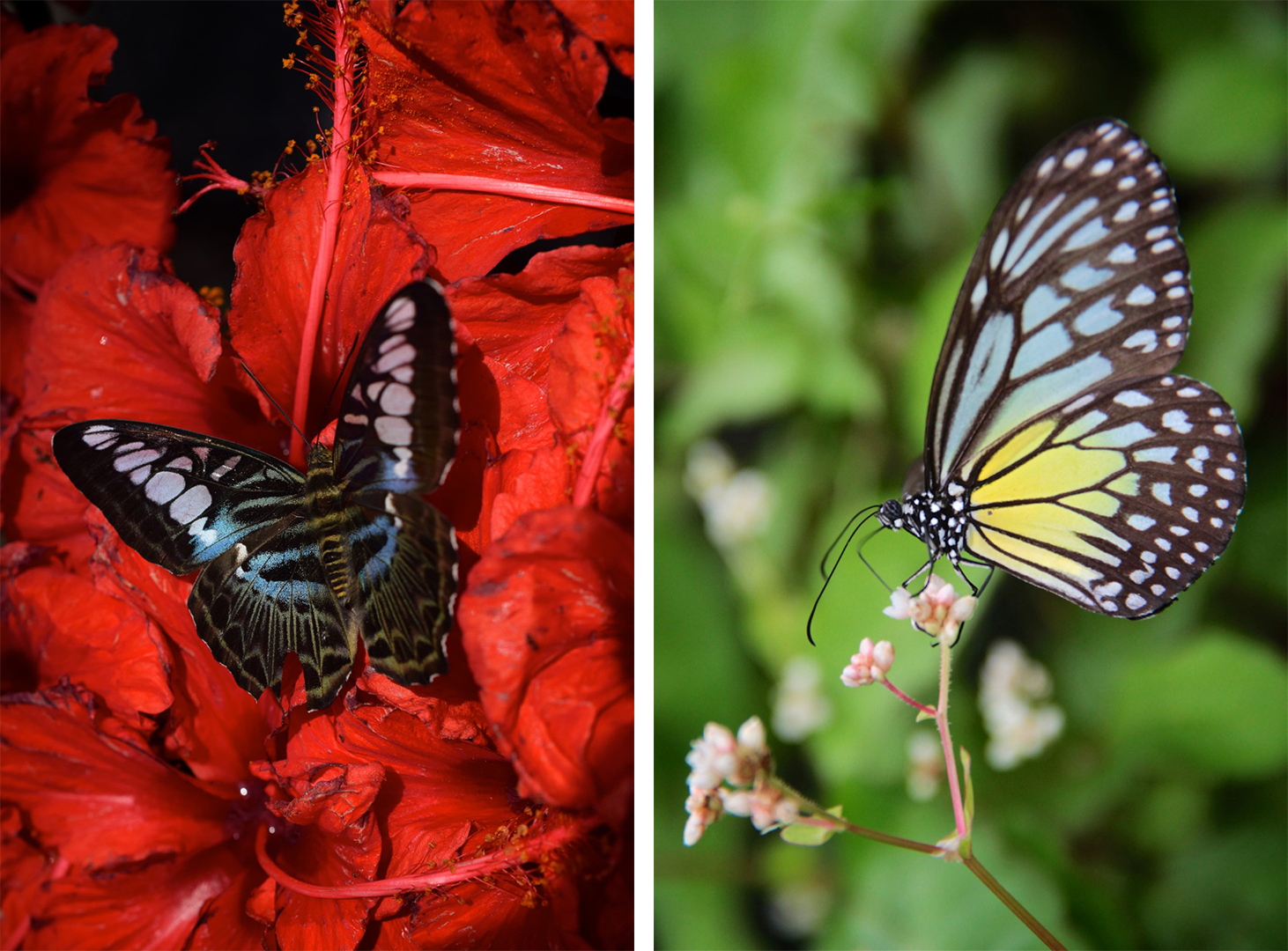
Batu Feringghi
Nowhere is Penang’s reputation as Malaysia's culinary capital more evident than along the shores of Batu Ferringhi, where smoky aromas from an array of restaurants, markets and stalls mixes with the salty sea air. Located on the northern coast of Penang Island and about 11 km (6.8 mi) northwest of the city centre, here you’ll find fish markets, food courts, local street food vendors and even an American gastro pub. When the sun goes down over this 4 km (2.5 mi) stretch of sand, many bars and cafes come to life, providing live music, cold beers and cocktails; the perfect way to end the day in Penang.
After Penang, Panorama Destination journeyed to Kota Kinabalu. Click here to Travel With Us.
